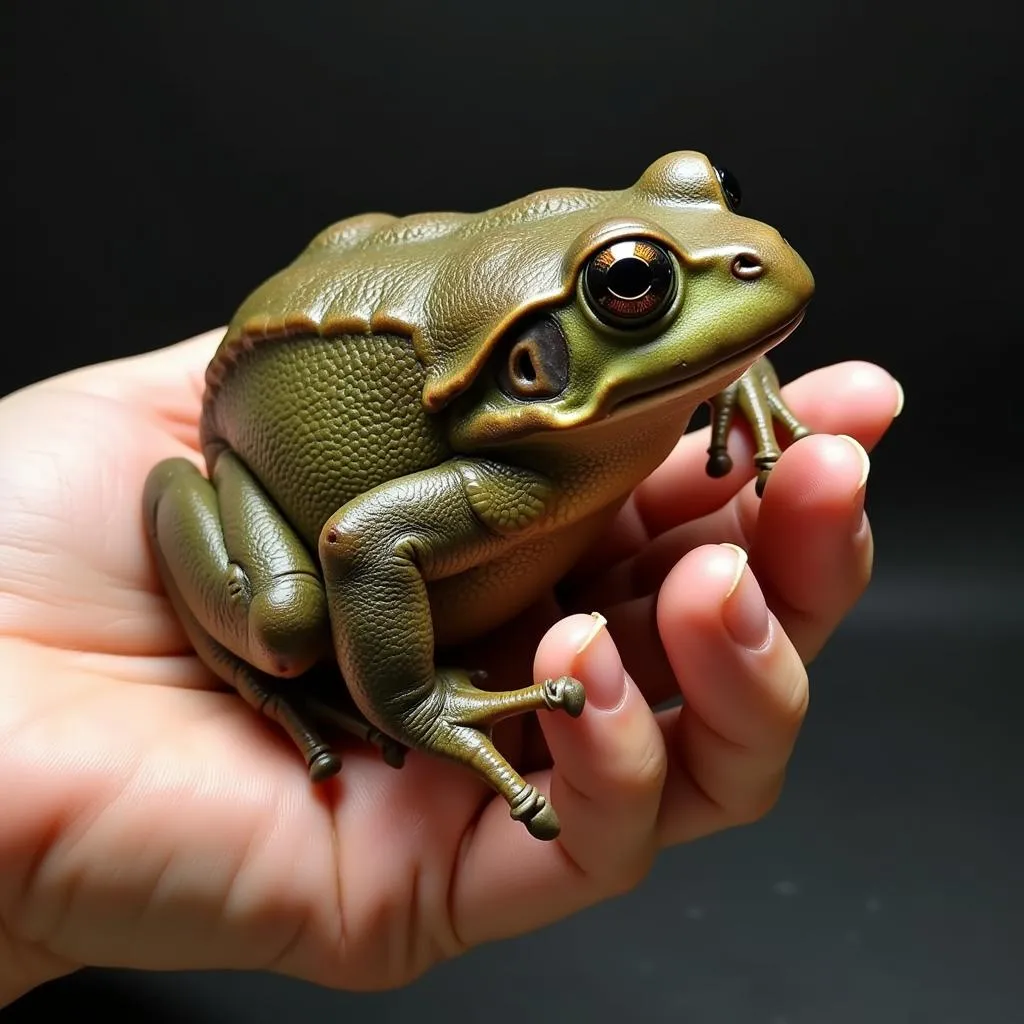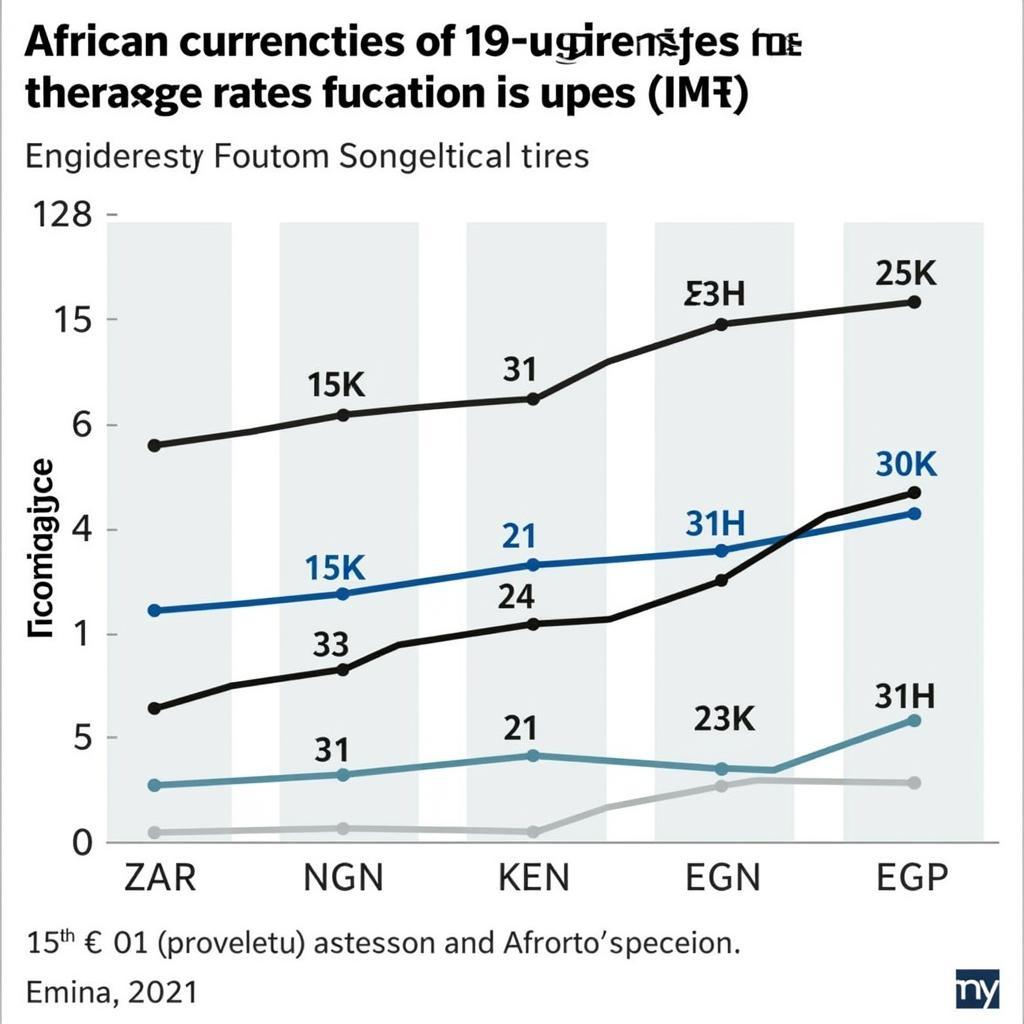Unveiling the Landscape: A Journey into African American Landscape Painters
African American Landscape Painters have made invaluable contributions to the art world, capturing the beauty of their surroundings while simultaneously addressing themes of identity, history, and social justice. Their unique perspectives, deeply rooted in the African American experience, breathe life into canvases, transforming mundane scenes into powerful narratives.
Early Pioneers: Laying the Foundation
The history of African American landscape painting is interwoven with the struggle for recognition and equality. Early pioneers, often facing limited opportunities and systemic barriers, persevered in their pursuit of artistic expression. Artists like Robert S. Duncanson, known for his romantic landscapes influenced by the Hudson River School, paved the way for future generations. His idyllic scenes, while seemingly apolitical, held subtle messages about the potential for Black people to find peace and harmony within the American landscape.
The Harlem Renaissance: A Flourishing of Creativity
The Harlem Renaissance marked a pivotal moment for African American art, and landscape painting flourished alongside other art forms. Artists like Palmer Hayden and Aaron Douglas embraced modernist aesthetics, incorporating elements of cubism and abstract art into their depictions of urban and rural landscapes. Their works reflected the changing social and cultural landscape of the time, capturing the vibrancy and dynamism of Black life in the early 20th century.
Beyond the Cityscape: Exploring Diverse Perspectives
While urban landscapes played a significant role in African American art, many artists found inspiration in the rural South. Artists like William H. Johnson, known for his bold use of color and folk art influences, depicted the lives of Black sharecroppers and farmers with empathy and dignity. Their works challenged prevailing stereotypes and offered a counter-narrative to the often-romanticized depictions of rural life by white artists.
The Legacy Continues: Contemporary Voices
Today, contemporary African American landscape painters continue to push boundaries and challenge conventions. Artists like Kerry James Marshall, known for his large-scale paintings that center Black figures within landscapes, and Theaster Gates, whose work incorporates found objects and urban materials, explore themes of race, identity, and belonging within the context of the natural world. Their art serves as a powerful reminder of the ongoing struggle for social justice and equality.
Why is African American Landscape Painting Important?
The significance of African American landscape painting extends far beyond its aesthetic appeal. These works offer valuable insights into the historical, social, and cultural experiences of Black Americans. They challenge us to see the world through different lenses, prompting critical conversations about representation, identity, and the power of art to inspire change.
- Challenging Perceptions: African American landscape painters disrupt traditional notions of landscape art, which historically often excluded Black experiences and perspectives.
- Reflecting History: Their works provide visual narratives of Black history, from the era of slavery to the Civil Rights Movement and beyond.
- Celebrating Identity: Through their art, these artists celebrate Black identity and resilience, showcasing the beauty and diversity of the African American experience.
Where to Discover More
For those eager to delve deeper into the world of African American landscape painters, numerous resources are available. Museums like the Studio Museum in Harlem and the National Museum of African American History and Culture offer exceptional collections. Additionally, online platforms like Omenka Magazine provide a wealth of information on South African painters, African American modernism, and contemporary artists.
A Legacy of Beauty and Resistance
African American landscape painters have left an enduring legacy, enriching the art world with their unique perspectives and captivating narratives. Their works serve as a testament to the power of art to reflect history, celebrate identity, and inspire social change. As we continue to engage with their art, we gain a deeper understanding of the complexities of the African American experience and the interconnectedness of art, nature, and the human spirit.
FAQ
Q: Who are some key figures in African American landscape painting?
A: Some prominent figures include Robert S. Duncanson, Palmer Hayden, Aaron Douglas, and William H. Johnson.
Q: What themes are often explored in African American landscape art?
A: Common themes include identity, history, social justice, the Black experience in America, and the relationship between humanity and nature.
Q: Where can I find more information about African American landscape painters?
A: Resources include museums specializing in African American art, online platforms like Omenka Magazine, and art history books.
Q: How has African American landscape painting evolved over time?
A: From early influences of European styles to embracing modernism and contemporary approaches, African American landscape painting has continuously evolved, reflecting changing social and artistic contexts while staying true to its core themes.
Need Help Exploring More?
Contact us at:
- Phone: +255768904061
- Email: [email protected]
- Address: Mbarali DC Mawindi, Kangaga, Tanzania
Our team is available 24/7 to assist you with any inquiries and provide further insights into the fascinating world of African American NY based painter Manhattan.


